Turkey. Land of the Ottomans.
I didn’t know what to expect coming here. But what I found in Izmir, Turkey’s third largest city, was a clean, modern place.
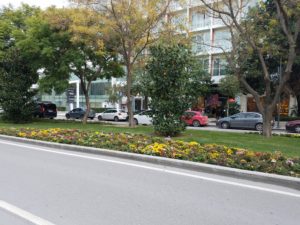
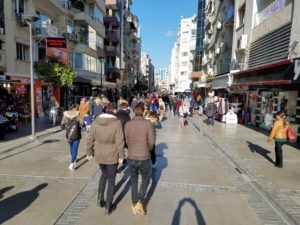
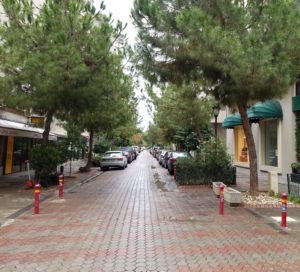
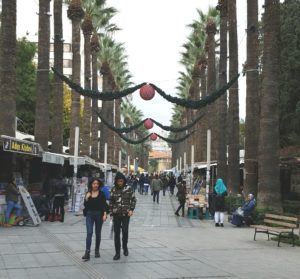
The city sounds like San Francisco when I describe it: 300 days of sunshine a year, stretches for miles in both directions around a large beautiful bay.
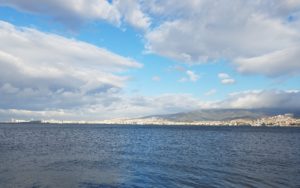
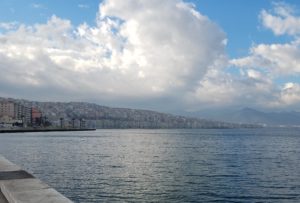
Destroyed by disaster (here fire in the 20’s) and rebuilt.
You can walk the bay shore for miles.
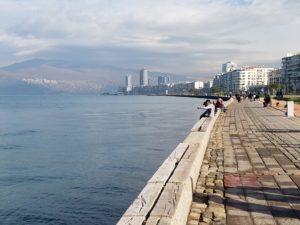
There are a truly incredible number of restaurants here, side by side over acres in the “pedestrian only” area downtown at the bay shore. Squint at some of the nicer areas and you could be in Paris.
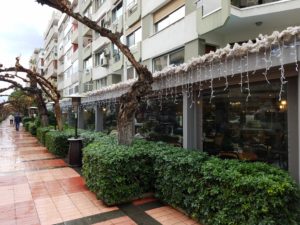
This is a very clean city. Little vacuum trucks trundle around sweeping and snorkeling. And, virtually no graffiti. I wonder how they control graffiti? Draconian policing? Ban on spray paints? Anyway it really makes a difference compared to cities that are ruined by graffiti, like Athens or Prague.
The symbol of the city is this little clock tower, dating from the early 1800’s.
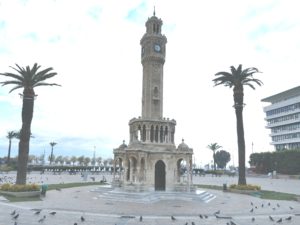
Otherwise there are really no historic buildings here except for a tiny bit of the old city of Smyrna. Some walls looking more rebuilt roman than anything (huge stones equals Greek. Smaller stones with horizontal layers of tiles are always Roman). And some interesting “basements” with the old springs that Alexander the Great mentioned, still running.
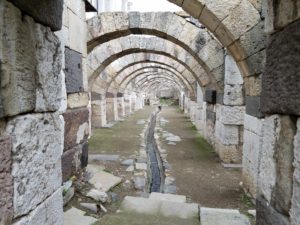
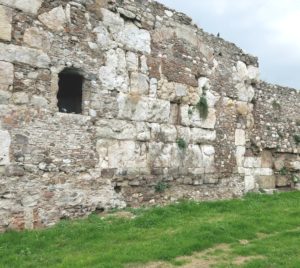
I was surprised to never see a burka here. Some head scarves, especially in the older market lanes.
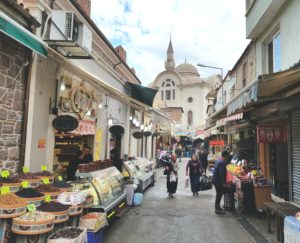
But this is not Cincinnati. Almost no English, especially written. Except for the shoe shine guy, a born-again Christian who told me his whole life story in 6 minutes.
Ephesus
This was probably a Neolithic site and home of various early peoples, but it became Greek from the 11th century BC. And later the Roman capital of Asia Minor. By around 400 AD the city had a population of perhaps 400,000, second only to Rome in the empire. Hadrain, the globe trotting Emperor visited.

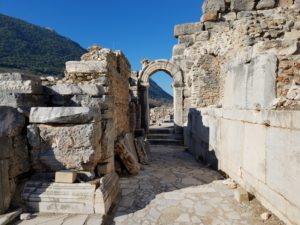
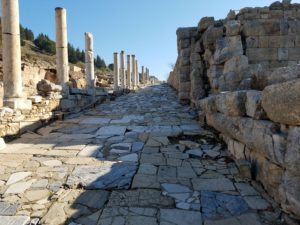
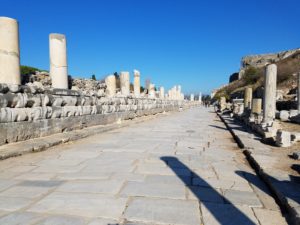
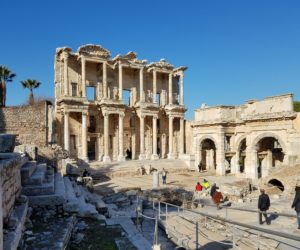
St. Paul lived here for a while. And oral tradition says that St. John came here and brought along Mary (mum of Jesus).
The city fell on hard times. It was sacked by the Goths, the Ottomans.The harbor silted up. Later the Christians tore all the temples down.
The ruins cover a very large area. Mostly Roman, with some Greek preserved. This was a city with wide streets, public baths, extensive water and sewer systems. And a theater that would seat 25,000 people.
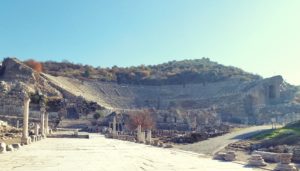
We traveled more around than through Izmir on an excursion to Ephesus but never saw the city except from the freeway. What a shame! So sorry we missed it! Thanks for your pictures and commentary–I can at least get a sense of the place.